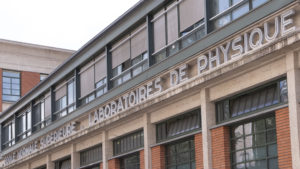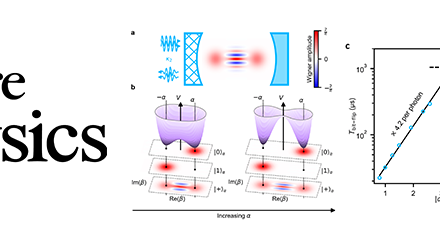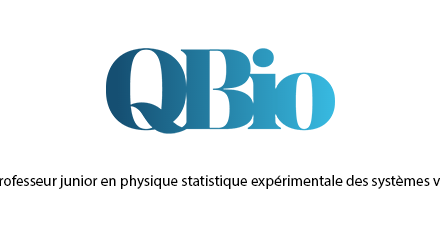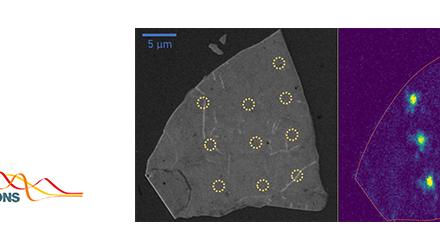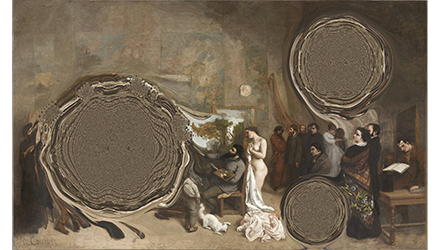In 1937, Ettore Majorana predicted the existence-never confirmed to date- of an intriguing particle which is its own anti-particle. Thanks to a fruitful analogy between the physics of relativistic electrons and that of superconductors, it is now expected to find such intriguing objects on a chip. The conditions for obtaining the required setup are however very stringent: superconductivity must be induced in the presence of a strong magnetic field in a one dimensional conductor with strong spin-orbit interaction. The latter, yet another relativistic effect, is particularly rare but condensed matter has many twists. The electrons entering a region with strong spin-orbit and a strong magnetic field experience an effectively fast oscillating field in space. Imagine one is able to generate such an oscillating field. Conversely, it would be equivalent to the required strong spin orbit interaction. This is what is demonstrated for the first time by the mesoscopic physics group together with the theory group of the MDQ axis, in collaboration with colleagues at LPS Orsay, thanks to the use of a magnetic texture proximal to a carbon nanotube with superconducting contacts. This is an important step for the isolation and manipulation of Majorana modes. Thanks to their non-abelian statistics, they could have an important impact on the field of topologically protected quantum computation.
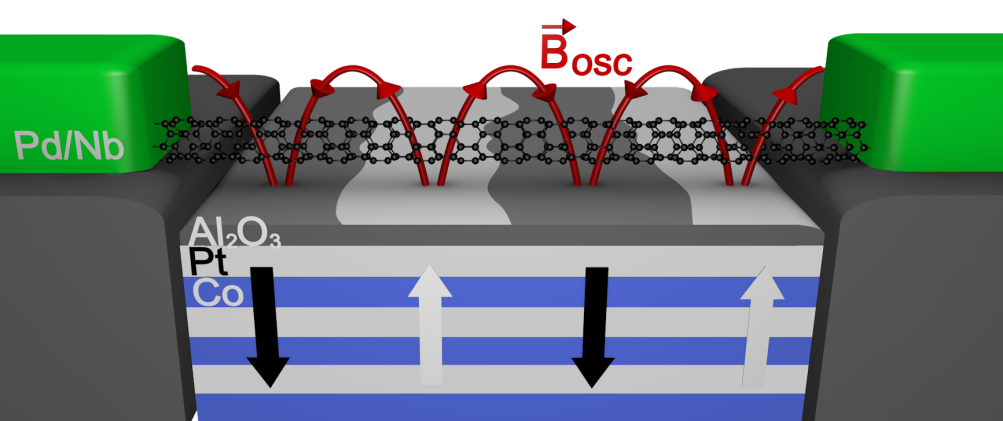
Figure : Artist’s picture of the setup for implementing a synthetic spin orbit interaction.
Author affiliation :
Laboratoire de Physique de L’Ecole normale supérieure (LPENS, ENS Paris/CNRS/Sorbonne Université/Université de Paris)
Corresponding author:
Communication contact:






